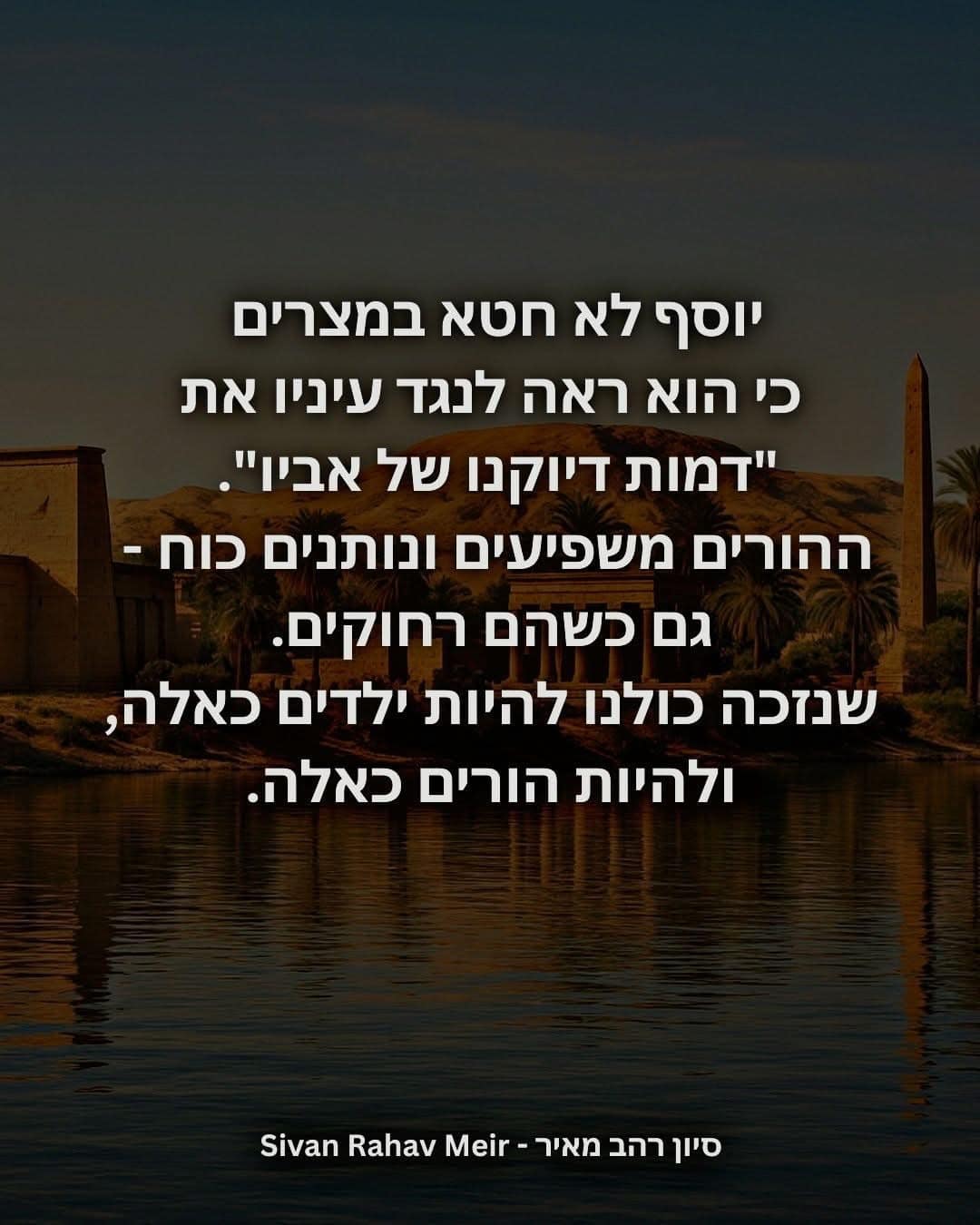Translation by Yehoshua Siskin
What is "The evil eye?" (Ayin Hara) The Torah portion of Balak can help us define it: Balak, king of Moav, desires to curse the Nation of Israel. To this end, he turns to Bilam and takes him to observation points from where negative aspects of the nation, deserving of a curse, will be revealed. Notice where Bilam is taken: "And from there he could see a portion of the people." When Bilam does not curse the people from there, he is taken to another observation point where Balak tells him: "Only their outermost part will you see."
Balak's objective was to show Bilam those on the edge, on the margins, who did evil. Rabbi Avraham Sova, in his book "Tzror Hamor" writes about Balak's deception of Bilam as follows: "That he should only see the few evil ones among them."
This is not only a technical matter of where to set up an observation point. It concerns a more fundamental question about our perception of reality: Where do we choose to look -- and what are we looking for? When we look at others, at ourselves, at the entire nation -- do we make an effort to see the edge or to see the whole picture and the blessing within it?
Especially during summer vacation, this is an important reminder regarding our children and all members of the family. Upon which part of them do we decide to fix our gaze, to emphasize, to reinforce? Which of their qualities make headlines for us? Are we searching for what's not good in "the outermost part" or for the good that prevails within?









